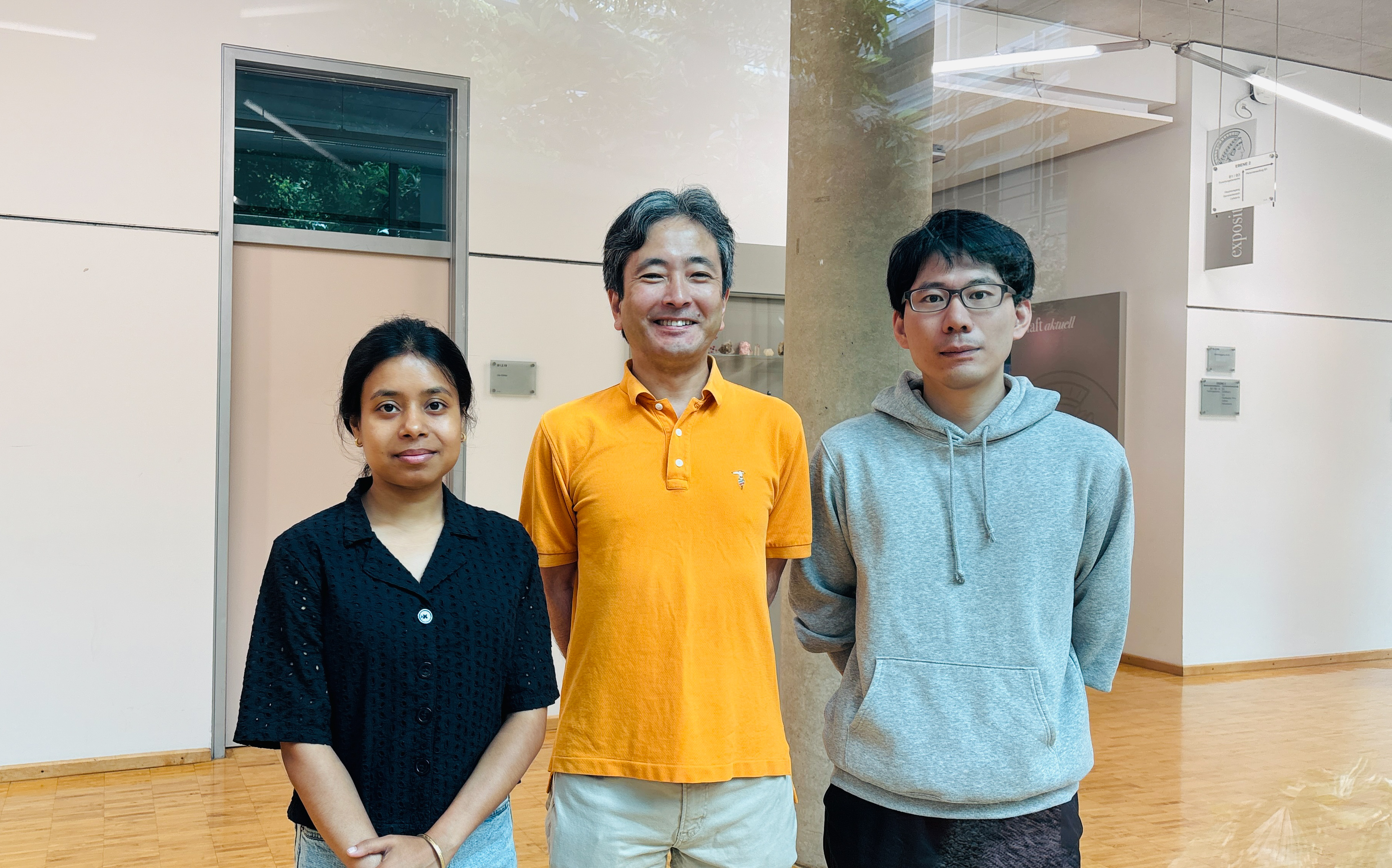Last updated: 22/07/2025

Recent updates
22/07/2025 This page updated.
28/03/2025 This page updated.
12/03/2025 This page launched.
Project Overview
Spintronics is anticipated to replace current semiconductor-based memories and sensors based on fast-operating times (< ns) and low power consumption (< pJ per read/write operation). The spintronic devices typically consist of a magnetoresistive junction with a free ferromagnet/oxide barrier or non-magnet/pinned ferromagnet trilayer and may suffer from edge-domain formation and leakage current through the barrier by further miniaturisation (< 10 nm in cell diameter). To avoid such obstacles, antiferromagnetic spintronics has recently been developed by introducing spin-orbit torque which can reduce the power consumption by over two orders of magnitude but contain critical raw materials. In this transformative project, we aim to develop a ferrimagnetic Heusler-alloy film, in which the magnetic properties will be controlled by substituting the constituent element to achieve compensated ferrimagnetism (effectively the same as antiferromagnetism) sandwiched by weak and strong ferrimagnet in a single-step deposition. This will be achieved based on our Heusler-alloy database developed recently through existing collaborations. The selected alloy(s) without using critical raw materials will be grown by dedicated combinatorial sputtering under low pressure and characterised by conventional structural and magnetic analysis as well as non-destructive imaging we have developed and synchrotron-beam imaging at the Paul Scherrer Institute. Such atomic engineering can offer a new way for material development for low-power electronics. The simplified growth process for a junction without any interfacial scattering is adoptable for future spintronic devices as will be demonstrated using the 200-mm-wafer production line at IMEC by the end of this project. Hence this proposed project will reveal both fundamental magnetic coupling in a ferrimagnetic alloy and atomic control of the alloy for new growth process, which can revolutionalise spintronic device production.
Funding agency
European Research Council, Budget: EUR 3,108,441)
Starting date
01/01/2024 (for 5 years).
Ending date
31/12/2028.





